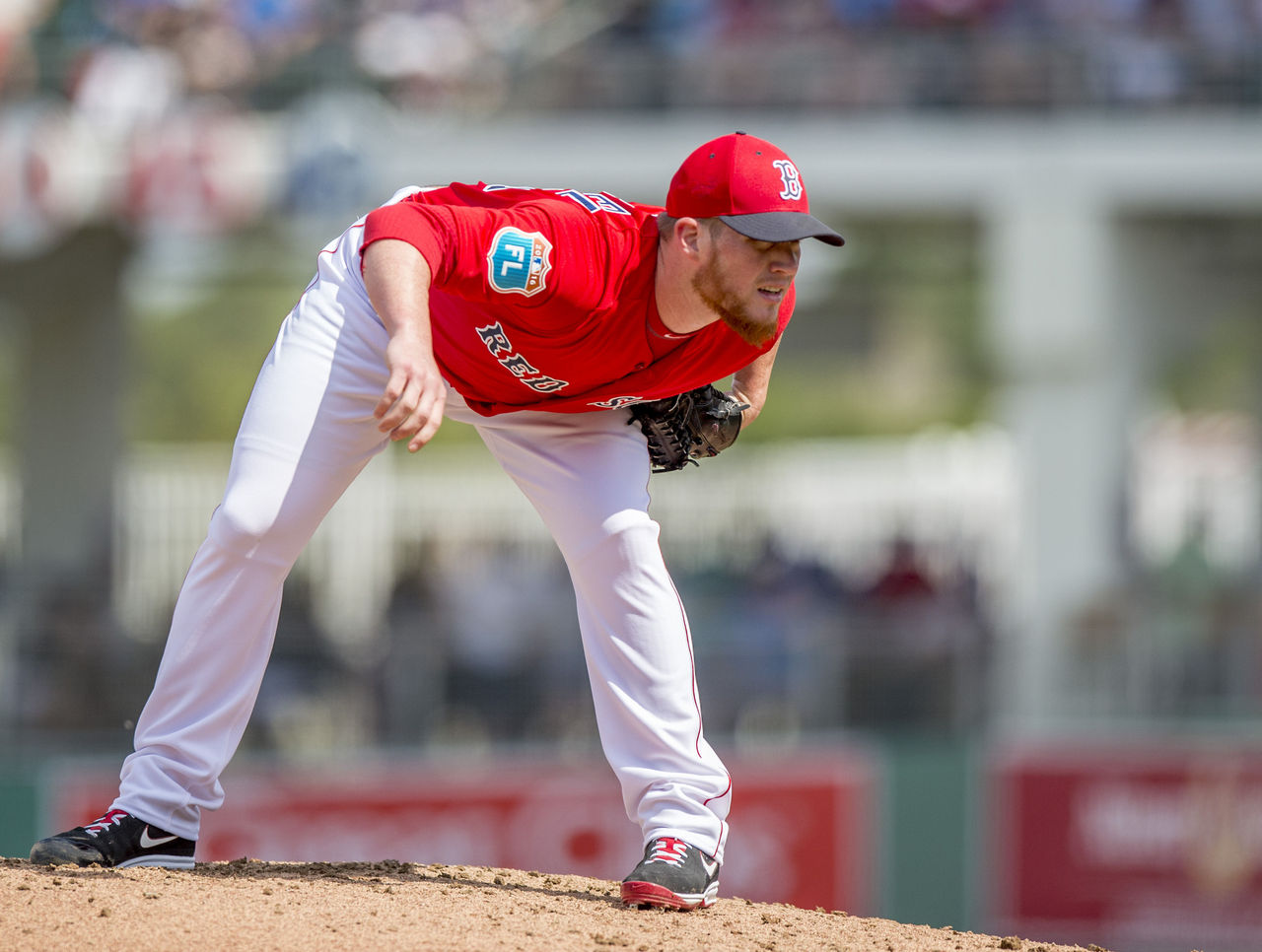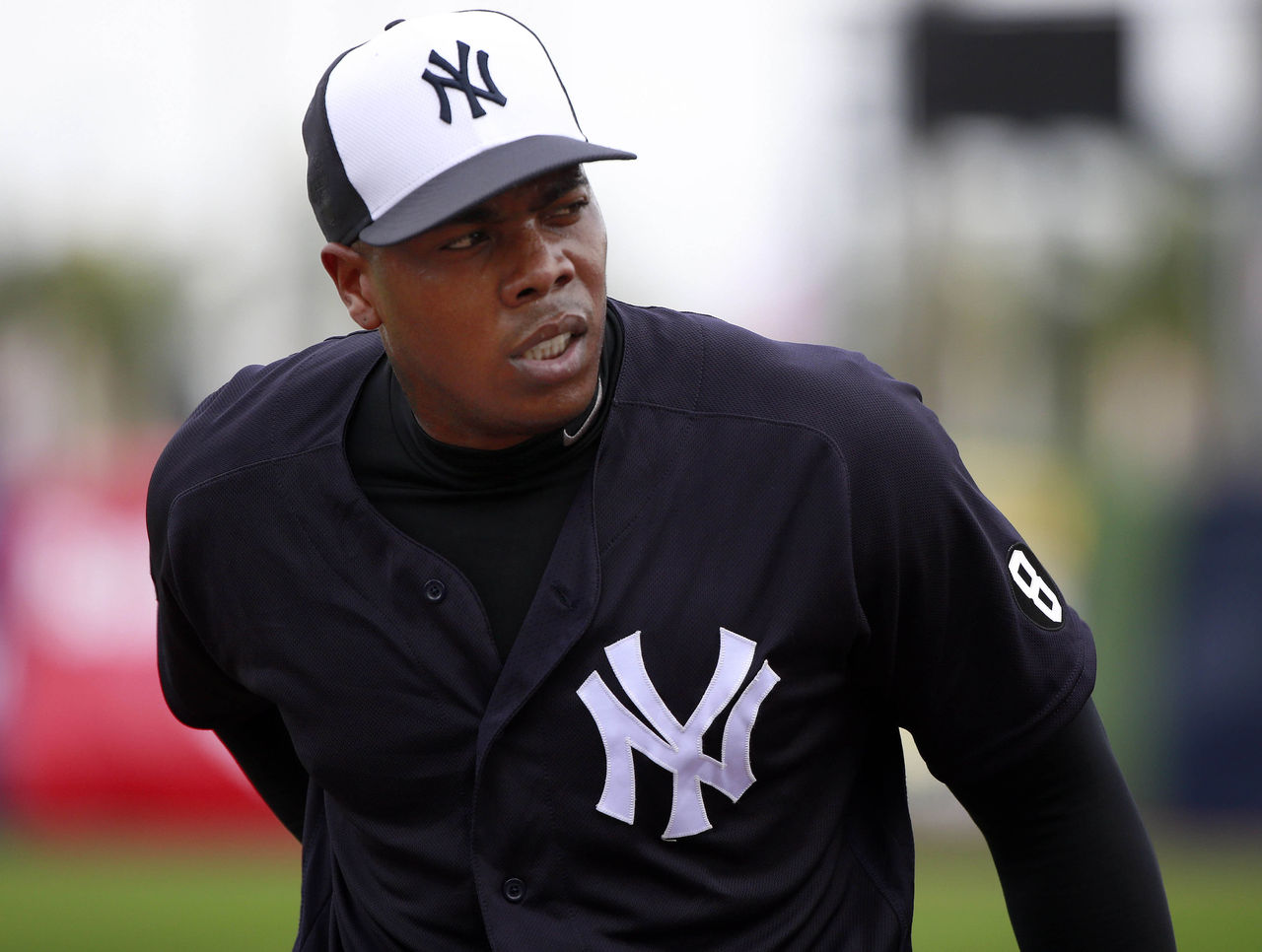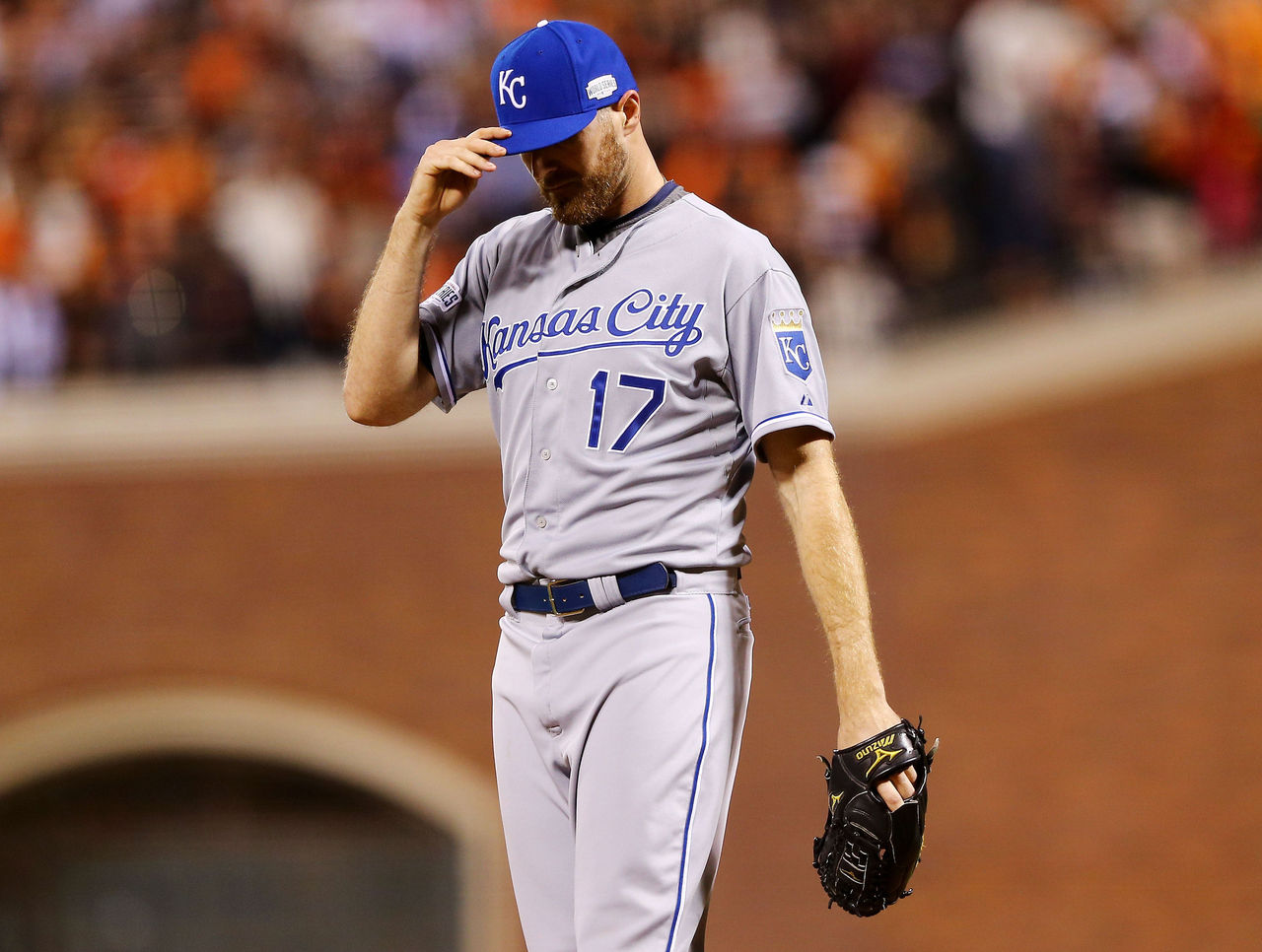Why You Shouldn't Draft a Closer in Fantasy Baseball
The human body - and the arm in particular - is not built to withstand the violent movement expected from a hard-throwing relief pitcher. Bodies break down, pitchers lose their speed and control, and more often than not, a star closer in one season can be next year's train wreck bust.
Consider Eric Gagne, the former Dodgers closer who was the last relief pitcher to win a Cy Young Award. From 2002 to 2004, Gagne saved 152 games and was named to three straight All-Star teams. He was untouchable in real life and perhaps even more valuable in fantasy leagues.
Then, it all fell apart. Gagne made 14 appearances in 2005 before landing on the DL. With a host of ligament and nerve issues in his throwing arm, Gagne would miss the rest of the season. From 2007 onwards, Gagne posted 27 saves in parts of three seasons, while his strikeout rate dropped and his ERA bloated.
The moral of this story is that even when a closer gives you several seasons of high-end production, the nature of the position means that success is often spectacular but fleeting. Gagne's short, brilliant arc was the nightmarish reality that most relievers not named 'Mariano' eventually face.

This season, there are four closers of particular interest that have separated themselves from the field in terms of pure fantasy baseball value. In order of average draft position (ADP), they are:
- Red Sox RP Craig Kimbrel (58)
- Royals RP Wade Davis (64)
- Yankees RP Aroldis Chapman (65)
- Dodgers RP Kenley Jansen (68)
It's impossible to say which of these players will maintain their production this season. In fact, there are question marks and red flags surrounding all four.
Kimbrel and Chapman changed teams and swapped the National League for the AL East, a haven for sluggers, so some slight drop-off in success must be expected. Chapman is also suspended for the first 30 games of the season for a domestic incident.
Davis took over closing duties partway through the season after a year and a half as an elite set-up man. Despite the results, his strikeout rate fell while his home run rate increased; the .200 BABIP he allowed to hitters was 88 points below his career rate and indicates a significant degree of luck.
Jansen has seen his innings decrease each year since 2013, when he posted a career-best 1.88 ERA and the lowest home run rate since his rookie season. Is there any upside left, or is this as good as it gets? And if this is it, does he really represent the best return on investment for such a high draft pick?
That is essentially the question we have to ask ourselves when deciding whether to draft these elite talents: is it more likely that Chapman maintains his production despite being one of the hardest throwers in MLB history, or could his fall be as precipitous as Gagne's in 2005?

The first thing to remember is the primary reason why closers are sought after in fantasy: their ability to provide saves, one of 10 scoring categories in standard fantasy leagues.
The nature of the stat leaves much to luck; it doesn't matter how good a pitcher is if his team can't hand him the ball in the ninth inning with a lead. And unlike starting pitchers, who more or less pitch on a strict five-game rotation, the usage of closers varies based on game flow and the preferences and whims of managers.
To show how much luck factors into saves, here are the top five save leaders from each of the past five seasons (saves in brackets):
| RANK | 2015 | 2014 | 2013 | 2012 | 2011 |
|---|---|---|---|---|---|
| 1 | M. Melancon (51) | F. Rodney (48) | C. Kimbrel (50) | J. Johnson (51) | J. Valverde (49) |
| 2 | T. Rosenthal (48) | C. Kimbrel (47) | J. Johnson (50) | F. Rodney (48) | J. Axford (46) |
| 3 | J. Familia (43) | G. Holland (46) | G. Holland (47) | R. Soriano (42) | C. Kimbrel (46) |
| 4 | B. Boxberger (41) | T. Rosenthal (45) | M. Rivera (44) | J. Motte (42) | J.J. Putz (45) |
| 5 | H. Street (40) | F. Rodriguez (44) | J. Nathan (43) | C. Kimbrel (42) | M. Rivera (44) |
Like Gagne, the Royals' Greg Holland and then-Oriole Jim Johnson showed flashes of brilliance followed by a steep drop-off in production. 17 different pitchers finished in the top-five in saves over the previous five seasons, with just four players making multiple appearances. When it comes to closing and saves, it doesn't matter where someone is drafted; sometimes the baseball gods have other plans.
Great seasons by closers can come from any spot in the draft. Holland was considered an elite closer last year and was drafted accordingly; the Mets' Jeurys Familia went largely undrafted in 2015 before going on to tally 43 saves.
Fantasy owners that ignored the expensive Holland and took set-up man Wade Davis in the late rounds saw an immense return on investment when the latter was named closer partway through 2015. And the position player they selected when Holland was on the board would have been worlds better than the types of players that populate the late round of drafts.
In terms of value, the safest option is to punt on closers altogether. If your league format has dedicated player slots for relief pitchers, target young set-up men whose arms haven't been over-exposed to the erratic, often damaging usage that closers see.

If we allow ourselves to be skeptical of closers maintaining their current usage and production rates without faltering, the next question is: if you don't select an elite closer, then who is going to be available at that stage in the draft?
Here is a list of players that are being selected at draft picks similar to the aforementioned four elite closers:
| NAME | POS | ADP |
|---|---|---|
| Craig Kimbrel (BOS) | RP | 58 |
| Prince Fielder (TEX) | 1B | 59 |
| Miguel Sano (MIN) | 3B/OF | 60 |
| Adrian Gonzalez (LAD) | 1B | 61 |
| Corey Seager (LAD) | SS | 62 |
| Jon Lester (CHC) | SP | 63 |
| Wade Davis (KC) | RP | 64 |
| Aroldis Chapman (NYY) | RP | 65 |
| Matt Carpenter (STL) | 2B/3B | 64 |
| Kenley Jansen (LAD) | RP | 67 |
| Cole Hamels (TEX) | SP | 68 |
The non-relievers at this point have all achieved various degrees of fantasy success and each also has concerns that could impact his production in 2016. Most of the players listed above could be categorized as being either well before their prime or a season or two over the hill.
But what batters and even veteran starting pitchers like Lester and Hamels bring is stability. Their falls from grace aren't always quite so precipitous as a closer who blows out his elbow. And in the case of young phenoms like Sano and Seager, the upside can be a top-20 fantasy player.

There is a case to be made both for and against any closer, but as a group, there is generally more stability and high-end value available at other positions. Chasing saves has a variety of costly side effects, and as shown above, the preseason elites don't always hold up season-to-season.
Finally, keep an eye on the waiver wire in the first month of the season. It's usually pretty clear when an established closer is on thin ice. All it takes is an injury to gift closer status to a fantasy free agent. There's no need to reach in the draft for a "sure thing" that could be anything but.
HEADLINES
- IIHF president on Olympic arena delays: 'We're going to have a tournament'
- Redick: LeBron exhibiting 'a different kind of greatness' this year
- Jets' Fleury alert, moving extremities after leaving ice on stretcher
- Flyers' Zegras: Feels 'f---ing amazing' to score twice, beat Ducks
- Wembanyama returns with 30 but Spurs fall to Grizzlies